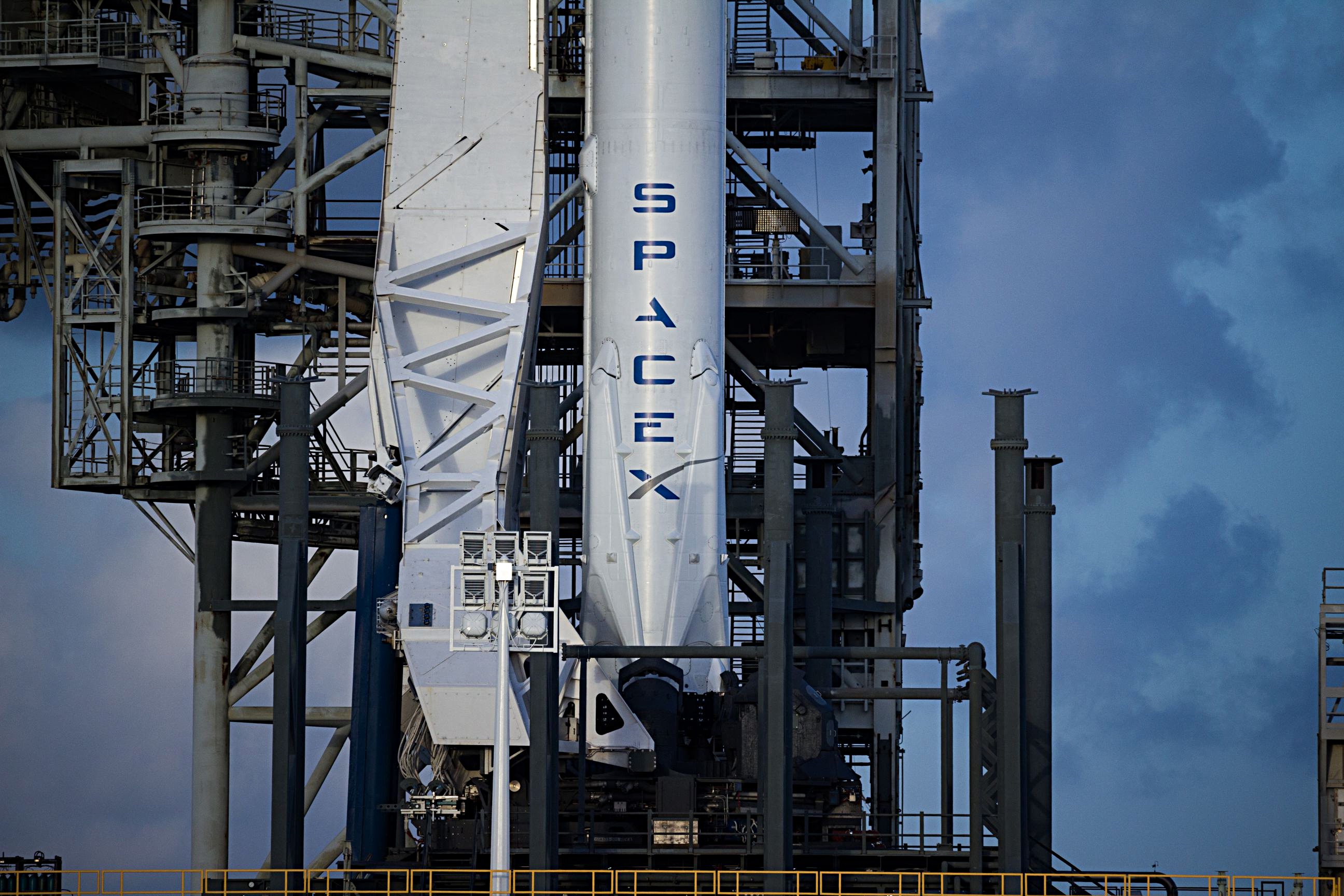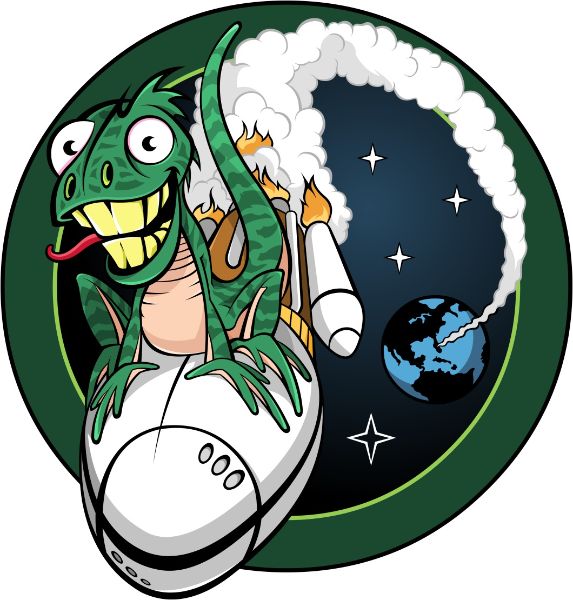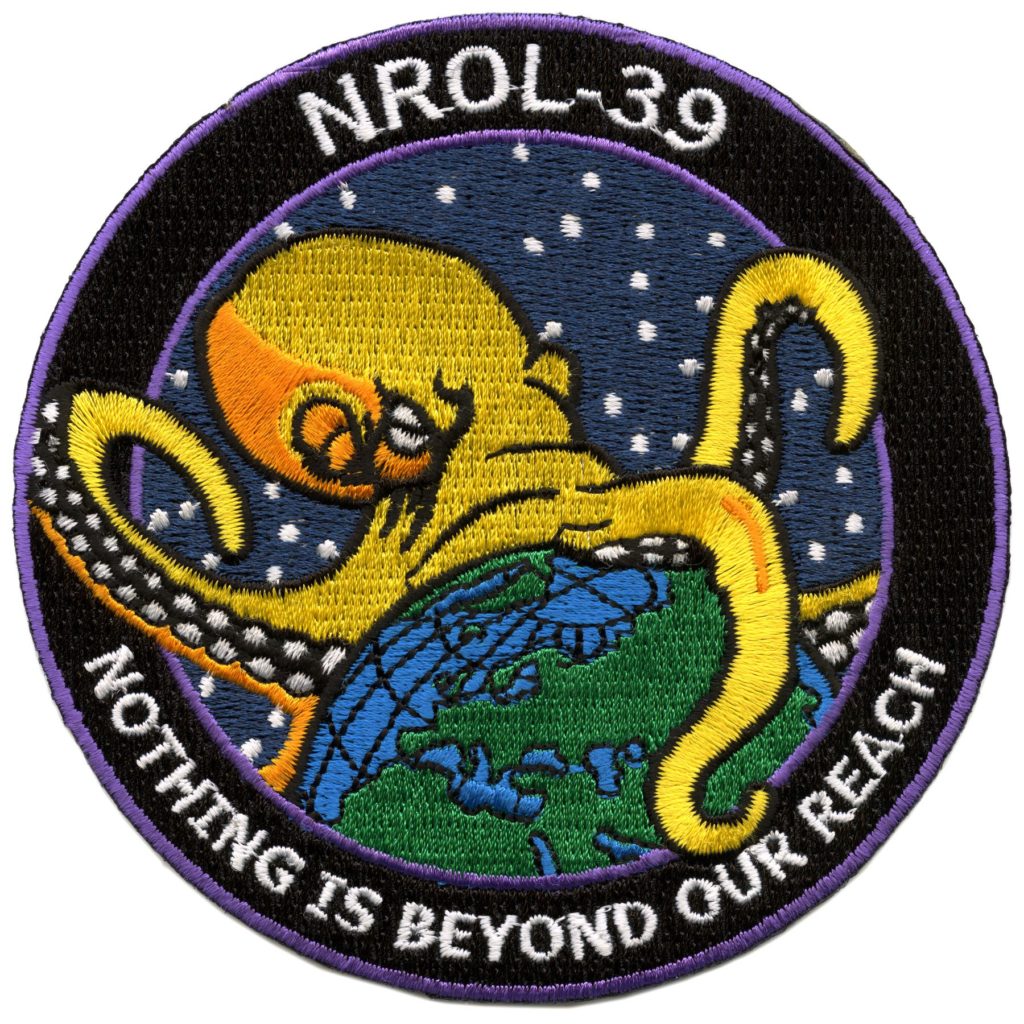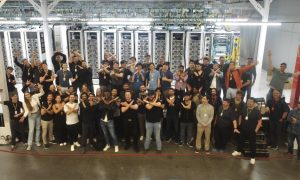

News
SpaceX to launch secret “Zuma” payload same day as Tesla Semi event
SpaceX has completed preparations and is ready to launch the highly secretive “Zuma” satellite(s) at 5pm/8pm PST/EST on Thursday, November 16th, the same day Tesla will be holding its semi-truck unveiling event.
Updated: SpaceX has rescheduled the Zuma mission.
SpaceX's highly secretive mission originally scheduled for today has been rescheduled for 8pm ET Fri., Nov. 17. On-the-ground photos from today – https://t.co/CUHuwP2lT3 pic.twitter.com/TZVBhjTOzw
— TESLARATI (@Teslarati) November 16, 2017
The Zuma launch campaign has been veiled in an extraordinary level of secrecy for SpaceX and the US launch industry in general, and this has piqued the interest of many.
In the last decade or two, the United States military apparatus has launched many dozens of satellites, and secrecy on the order of Zuma is unusual to say the least. Missions for the National Reconnaissance Office (NRO) typically feature some level of media presence and have developed a community of fans in the age of social media, taking advantage of cartoonish mission logos that can often be entertaining, if not vaguely disturbing.
Some of the more ‘unique’ NROL logos in recent years. (NRO)
However, no federal agency has yet to announce involvement in Zuma. The full extent of public information available can be found in a handful of tweets, with drastically less official info available from a leaky source on Reddit. Thus far, Northrop Grumman is known to have at least procured Zuma’s launch from SpaceX, and the same statement indirectly suggested that Zuma was in fact a government-related mission. NRO is the obvious option, with the Air Force or another branch of the US military or intelligence apparatus also a distinct possibility. It is entirely possible that the nature and parent of the mission will remain secret for the indefinite future, even after its launch.
Nevertheless, a handful of details allow us to speculate in greater detail. In May 2017, SpaceX launched NROL-76, a Department of Defense satellite that was intriguingly observed to have made very close passes to the International Space Station, far too close to have been a coincidence. Based on Notices to Airmen (NOTAMs) filed with the FAA and discussed earlier this week, it appears Zuma may be placed in an orbit very similar to that of NROL-76, suggesting that Zuma could be an iteration on NROL-76’s supposed orbit-to-orbit data gathering capabilities. This time, however, agency involvement has been completely shadowed. A blank fairing, sans any NROL-reminiscent logo, will be the tell-tale sign come tomorrow, when Teslarati’s launch photographer Tom Cross arrives at Kennedy Space Center for camera setup.
Northrop Grumman on #SpaceX Zuma launch: "This represents a cost effective approach to space access for government missions. Northrop realizes that this is monumental responsibility and has taken great care to ensure the most affordable and lowest risk scenario for Zuma."
— Robin Seemangal (@nova_road) November 13, 2017
Meanwhile, as has become shockingly routine, SpaceX’s Falcon 9 first stage, core 1043, will conduct a Return to Launch Site (RTLS), landing at LZ-1 just a few miles from its launch pad. Like NROL-76, we can expect live coverage of the second stage and payload to end immediately after stage separation; bittersweet but esoteric fans, but likely to result in a unique focus on the stage returning to Earth.
On the horizon
Possibly more exciting than the launch itself, Zuma is expected to be the last launch from SpaceX’s Kennedy Space Center LC-39A facilities until Falcon Heavy, currently aiming for an inaugural flight around December 29th. After a solid year of repairs and refurbishment, SpaceX’s LC-40 launch pad is anticipating a return to flight operations with the CRS-13 Cargo Dragon mission on December 4th. Located within the Cape Canaveral Air Force Station just a few miles south of LC-39A, LC-40 suffered widespread damage after a Falcon 9 catastrophically failed while preparing for a static fire test on the pad.
Despite the tragic loss of vehicle and the Amos-6 payload, SpaceX has maintained a strong relationship with the owner, Spacecom, and was recently chosen for both a contractual reflight in 2019 and an additional launch in 2020.
SpaceX has also made great strides since returning to flight after Amos-6 in January 2017, and has enjoyed a truly groundbreaking year of incredible progress towards the goal of rapid reusability. Quite fittingly, LC-40 is expected to return to action while hosting yet another commercial reuse of a Falcon 9 first stage, this time with the hugely significant approval of NASA. The space agency has yet to make this decision resoundingly public, but respected industry insider NASASpaceflight.com has stated that it is all but in stone at this point in time. In a sense, the disaster that severely damaged LC-40 acted as a since-heeded wake-up call for SpaceX, and the venerable pad will rise from those ashes into a new era of reusable rocketry, led wholeheartedly by SpaceX.
Be sure to follow our Instagram stories and see live action directly from the launch site at the Kennedy Space Center!
News
Tesla launches in India with Model Y, showing pricing will be biggest challenge
Tesla finally got its Model Y launched in India, but it will surely come at a price for consumers.

Tesla has officially launched in India following years of delays, as it brought its Model Y to the market for the first time on Tuesday.
However, the launch showed that pricing is going to be its biggest challenge. The all-electric Model Y is priced significantly higher than in other major markets in which Tesla operates.
On Tuesday, Tesla’s Model Y went up for sale for 59,89,000 rupees for the Rear-Wheel Drive configuration, while the Long Range Rear-Wheel Drive was priced at 67,89,000.
This equates to $69,686 for the RWD and $78,994 for the Long Range RWD, a substantial markup compared to what these cars sell for in the United States.
🚨 Here’s the difference in price for the Tesla Model Y in the U.S. compared to India.
🚨 59,89,000 is $69,686
🚨 67,89,000 is $78,994 pic.twitter.com/7EUzyWLcED— TESLARATI (@Teslarati) July 15, 2025
Deliveries are currently scheduled for the third quarter, and it will be interesting to see how many units they can sell in the market at this price point.
The price includes tariffs and additional fees that are applied by the Indian government, which has aimed to work with foreign automakers to come to terms on lower duties that increase vehicle cost.
Tesla Model Y seen testing under wraps in India ahead of launch
There is a chance that these duties will be removed, which would create a more stable and affordable pricing model for Tesla in the future. President Trump and Indian Prime Minister Narendra Modi continue to iron out those details.
Maharashtra Chief Minister Devendra Fadnavis said to reporters outside the company’s new outlet in the region (via Reuters):
“In the future, we wish to see R&D and manufacturing done in India, and I am sure at an appropriate stage, Tesla will think about it.”
It appears to be eerily similar to the same “game of chicken” Tesla played with Indian government officials for the past few years. Tesla has always wanted to enter India, but was unable to do so due to these import duties.
India wanted Tesla to commit to building a Gigafactory in the country, but Tesla wanted to test demand first.
It seems this could be that demand test, and the duties are going to have a significant impact on what demand will actually be.
Elon Musk
Tesla ups Robotaxi fare price to another comical figure with service area expansion
Tesla upped its fare price for a Robotaxi ride from $4.20 to, you guessed it, $6.90.

Tesla has upped its fare price for the Robotaxi platform in Austin for the first time since its launch on June 22. The increase came on the same day that Tesla expanded its Service Area for the Robotaxi ride-hailing service, offering rides to a broader portion of the city.
The price is up from $4.20, a figure that many Tesla fans will find amusing, considering CEO Elon Musk has used that number, as well as ’69,’ as a light-hearted attempt at comedy over the past several years.
Musk confirmed yesterday that Tesla would up the price per ride from that $4.20 point to $6.90. Are we really surprised that is what the company decided on, as the expansion of the Service Area also took effect on Monday?
But the price is now a princely $6.90, as foretold in the prophecy 😂
— Elon Musk (@elonmusk) July 14, 2025
The Service Area expansion was also somewhat of a joke too, especially considering the shape of the new region where the driverless service can travel.
I wrote yesterday about how it might be funny, but in reality, it is more of a message to competitors that Tesla can expand in Austin wherever it wants at any time.
Tesla’s Robotaxi expansion wasn’t a joke, it was a warning to competitors
It was only a matter of time before the Robotaxi platform would subject riders to a higher, flat fee for a ride. This is primarily due to two reasons: the size of the access program is increasing, and, more importantly, the service area is expanding in size.
Tesla has already surpassed Waymo in Austin in terms of its service area, which is roughly five square miles larger. Waymo launched driverless rides to the public back in March, while Tesla’s just became available to a small group in June. Tesla has already expanded it, allowing new members to hail a ride from a driverless Model Y nearly every day.
The Robotaxi app is also becoming more robust as Tesla is adding new features with updates. It has already been updated on two occasions, with the most recent improvements being rolled out yesterday.
Tesla updates Robotaxi app with several big changes, including wider service area
News
Tesla Model Y and Model 3 dominate U.S. EV sales despite headwinds
Tesla’s two mainstream vehicles accounted for more than 40% of all EVs sold in the United States in Q2 2025.

Tesla’s Model Y and Model 3 remained the top-selling electric vehicles in the U.S. during Q2 2025, even as the broader EV market dipped 6.3% year-over-year.
The Model Y logged 86,120 units sold, followed by the Model 3 at 48,803. This means that Tesla’s two mainstream vehicles accounted for 43% of all EVs sold in the United States during the second quarter, as per data from Cox Automotive.
Tesla leads amid tax credit uncertainty and a tough first half
Tesla’s performance in Q2 is notable given a series of hurdles earlier in the year. The company temporarily paused Model Y deliveries in Q1 as it transitioned to the production of the new Model Y, and its retail presence was hit by protests and vandalism tied to political backlash against CEO Elon Musk. The fallout carried into Q2, yet Tesla’s two mass-market vehicles still outsold the next eight EVs combined.
Q2 marked just the third-ever YoY decline in quarterly EV sales, totaling 310,839 units. Electric vehicle sales, however, were still up 4.9% from Q1 and reached a record 607,089 units in the first half of 2025. Analysts also expect a surge in Q3 as buyers rush to qualify for federal EV tax credits before they expire on October 1, Cox Automotive noted in a post.
Legacy rivals gain ground, but Tesla holds its commanding lead
General Motors more than doubled its EV volume in the first half of 2025, selling over 78,000 units and boosting its EV market share to 12.9%. Chevrolet became the second-best-selling EV brand, pushing GM past Ford and Hyundai. Tesla, however, still retained a commanding 44.7% electric vehicle market share despite a 12% drop in in Q2 revenue, following a decline of almost 9% in Q1.
Incentives reached record highs in Q2, averaging 14.8% of transaction prices, roughly $8,500 per vehicle. As government support winds down, the used EV market is also gaining momentum, with over 100,000 used EVs sold in Q2.
Q2 2025 Kelley Blue Book EV Sales Report by Simon Alvarez on Scribd
-

 News3 days ago
News3 days agoTesla debuts hands-free Grok AI with update 2025.26: What you need to know
-

 Elon Musk1 week ago
Elon Musk1 week agoElon Musk confirms Grok 4 launch on July 9 with livestream event
-

 Elon Musk5 days ago
Elon Musk5 days agoxAI launches Grok 4 with new $300/month SuperGrok Heavy subscription
-

 News2 weeks ago
News2 weeks agoTesla Model 3 ranks as the safest new car in Europe for 2025, per Euro NCAP tests
-

 Elon Musk2 weeks ago
Elon Musk2 weeks agoxAI’s Memphis data center receives air permit despite community criticism
-

 News5 days ago
News5 days agoTesla begins Robotaxi certification push in Arizona: report
-

 Elon Musk2 weeks ago
Elon Musk2 weeks agoTesla reveals it is using AI to make factories more sustainable: here’s how
-

 Elon Musk2 weeks ago
Elon Musk2 weeks agoTesla scrambles after Musk sidekick exit, CEO takes over sales





















